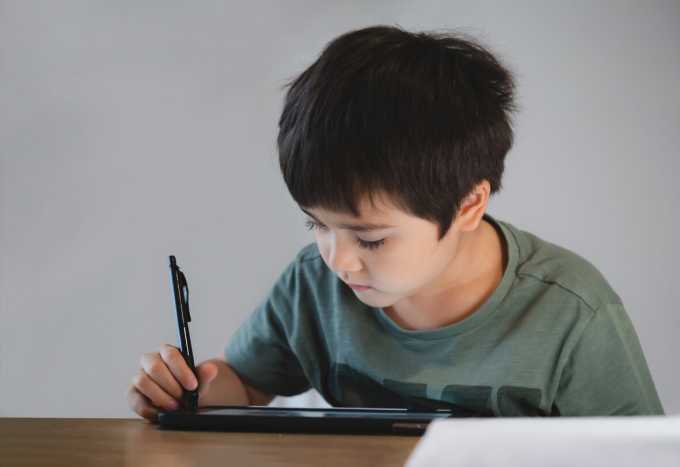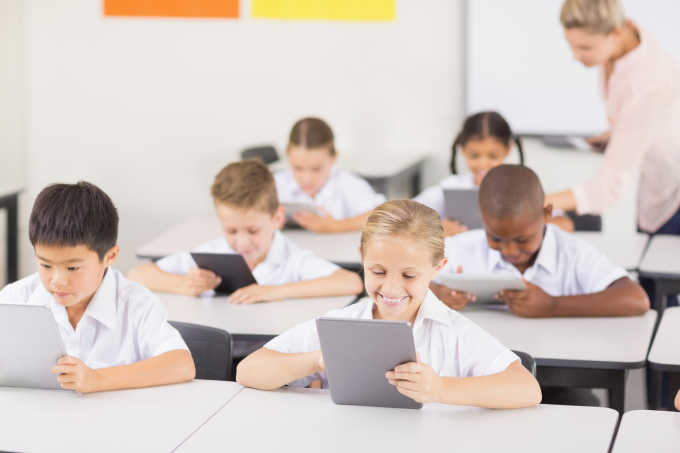Individual Education Programs contain annual educational goals for the student to address the skills and subjects that are difficult for the child. They are determined during the IEP meetings with the child’s IEP team. In these meetings, the progress of the child will be reviewed and the team will develop new goals. IDEA states that every IEP should include annual educational goals. However, these goals should carry certain characteristics in order for the team to be able to make efficient assessments of the progress of the child.
Where to Start
First of all, before setting a goal, you should figure out what your child is doing at the moment. The IEP team will be reviewing the child’s present level of performance (PLOP). Thus, the team will have an idea on how the child is handling the subjects and general curriculum at school. With this baseline, the team will know where to start on what to set as a goal. These goals will be directly related to the PLOP. However, you should remember that vague statements are not goals. They should follow a standard.
How to Set IEP Goals
It is important to make goals that are specific, realistic and measurable because the team will have a better chance afterward to measure the progress of the child.
Each goal should be specific enough to name the skill or subject it is aimed. The goals should also be measurable; they should be stated in a way that the progress of the child can be measured with standardized tests and curriculum-based measurements (CBM) afterward. Furthermore, the goal you are setting should be realistic enough to be attainable. Determining an unrealistic goal would have negative effects on the progress.
Besides from these points, the team should also list goals that can be achieved by the child in a certain amount of time. This is generally a school year long, with the right support and services. To give an example, a goal should never be a vague statement like “X will improve reading skills.”. This statement lacks specification and measurement. It should be more like “X will be able to read a passage orally at 110-130 word per minute with random errors when given a second-grade book by the end of the school year.” 
Keeping Up with the Progress
Keeping track of the progress is also crucial in terms of moving forward. An IEP should state when and how you will be reported on your child’s progress. Although these are annual educational goals, you don’t necessarily have to wait until next year’s IEP meeting to find out about how your child is doing. During the year, the school will be providing you with progress report cards. Discuss with your IEP team about when they hand out these reports. If you are not informed regularly, or the IEP team isn’t following the guidelines, you should speak up and seek necessary help from the authorities. Your child has the right to effective and appropriate goals in academic life.
Sources:
- Understood.org:
- Usd333:
http://www.usd333.com/pages/uploaded_files/IEP%20Goal%20Writing%202009.pdf




